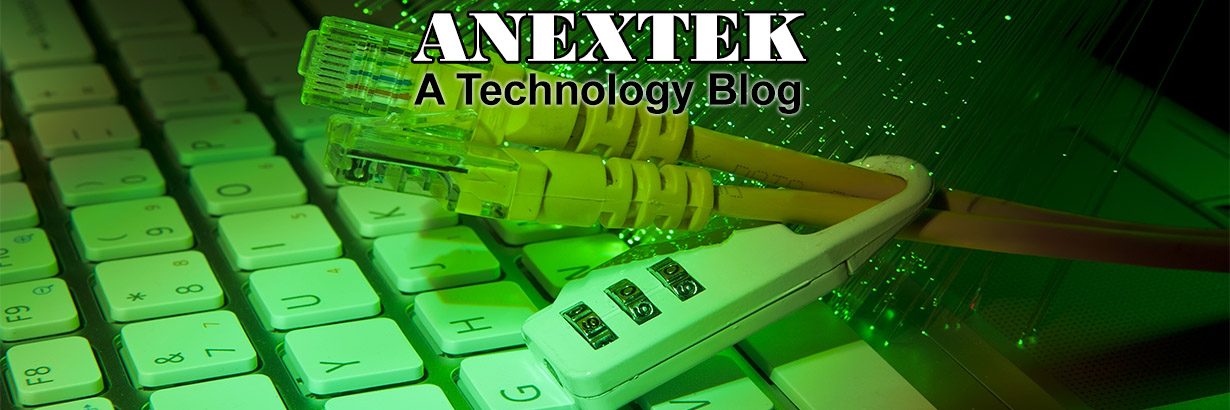There are a number of ways by which cybercriminals can use images to infect an unsuspecting user’s computer.
While in some cases, they just play tricks for you to do something stupid, there are times when the .jpg file will contain malicious code too. That said, here are a few ways by which an image will have rude surprises in store for you.
For one, getting spam that causes you to open emails which leads you to specific sites that downloads malware is common. For this reason, people are careful not to click links in suspicious emails but aren’t aware that photos can be used for this purpose too.
Thankfully, current email clients do not display these images by default and it bodes well for one to keep these settings too.
Yet another way by which images can harm you is the double extension which exploits Windows’ file-naming conventions. For example, if a file is named adorable.jpg.exe, it will appear as adorable.jpg when you run it in Windows.
Even though it seems like a harmless image file, it really is an executable program, which no doubt will display as a picture but infects your computer in the process.
Last but not the least, there’s steganography which really means hiding data in another type of file. In this context, it has to do with JPG files which contains data but which won’t affect the image’s overall appearance. Of course, the file can contain data which is usually encrypted and makes it very difficult to identify in the process.
However, this kind of an altered image cannot do much on its own. However, developers usually break them up into separate parts of code while distributing them separately to avoid detection.
